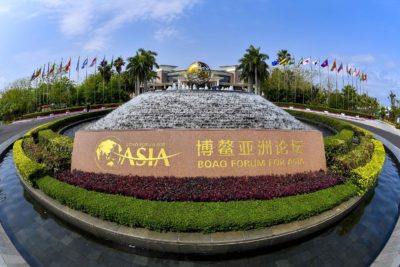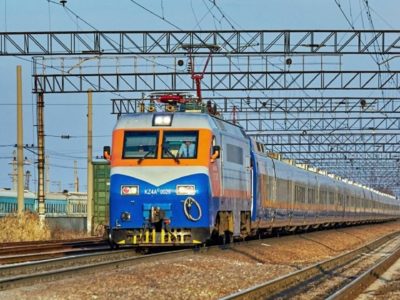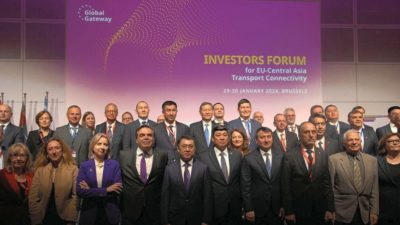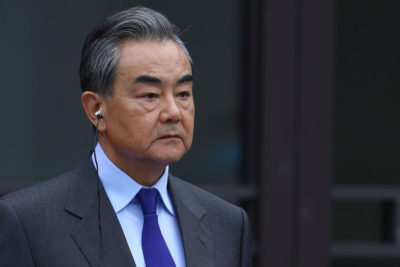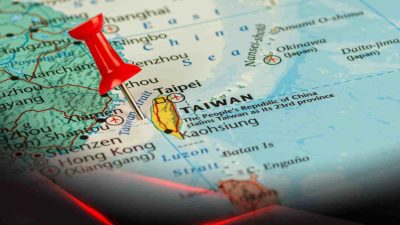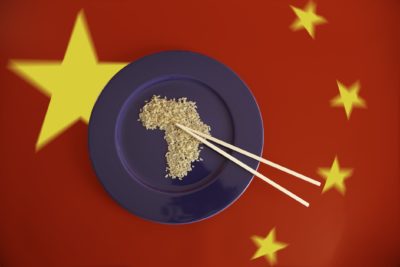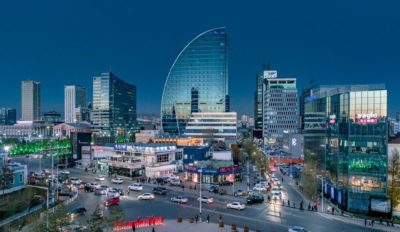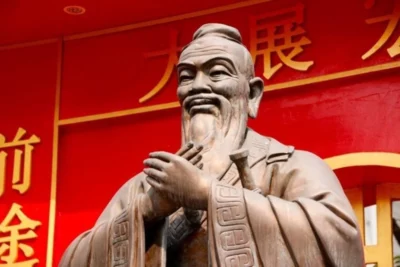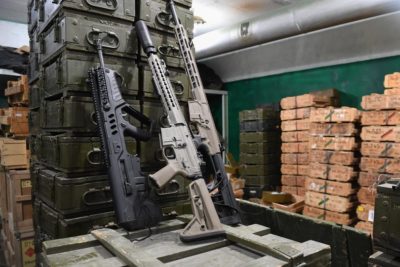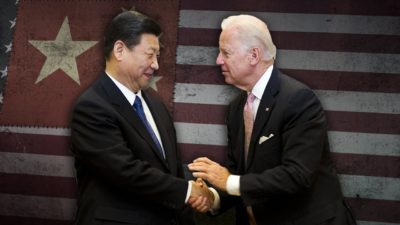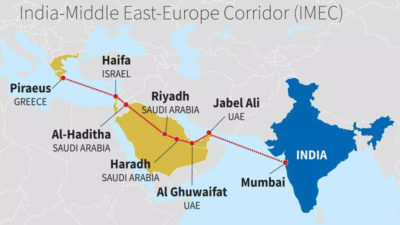China held two forums on the implementation of the "Xinomics" concept
Two weeks after the meeting of the Chinese parliament, commonly referred to as the “Two Sessions”, held in the first half of March this year, two equally noteworthy forum events were held in Beijing and immediately afterwards in the resort town of Boao (on Hainan Island), attended by Chinese and foreign experts. The main theme of the latter was the implementation of a fundamentally innovative trend in the country’s economic policy, the main provisions of which had been outlined by the Chinese…
Bypassing Almaty: a railroad of continental importance?
According to the Statistical Service of Kazakhstan, the total volume of goods transported by rail between Kazakhstan and China reached 23 million tons as early as 2022 and grew by a record 22 percent last year. In view of this high volume of freight traffic and the clear upward trend, the Kazakh authorities are having to invest heavily in the development of new railroads in order to serve the growing freight volumes and enable the rapid and efficient delivery of goods through the country…
Central Asia - EU: the semi-closed gates of the "Global Gateway"
In previous articles we have looked at the process of increasing European engagement in Inner Asia through bilateral initiatives. This time, the reader will get an overview of the interaction between the parties in the framework of the European Global Gateway initiative. On 25-26 October, Brussels hosted the Global Gateway Forum, which was soon described by journalists as “an alternative to China’s Belt and Road Initiative”. It is noteworthy that it took place only a week…
Chinese Foreign Minister visits New Zealand and Australia
Between 17 and 21 March, Wang Yi, a member of the Politburo of the Chinese Communist Party and China’s Foreign Minister, visited New Zealand and Australia (for the first time since 2017) at the invitation of his counterparts, Winston Peters and Penny Wong. And while the motivation for Wang Yi’s visit to the first of these countries contained its own intrigue, the main component of the entire tour was undoubtedly related to the second half…
The PRC and the US in current events on the Taiwan issue
The Taiwan issue was last discussed in the NEO in the context of the increasingly visible presence of two new centres of influence emerging in the Indo-Pacific, namely India and Japan. The latter is particularly active there. However, the two major world powers, China and the United States, remain the main players in the games around Taiwan. And from the point of view of the former, everything that is somehow related to Taiwan concerns only China and no one else. Washington’s official position can be described by the formula “Yes, but…”, which has three main components…
The Horn of Africa in the quagmire of geopolitical rivalry Part Seven: China's Stakes in the Horn of Africa
As for China, the second global player in the region, although it has not openly interfered in Ethiopian affairs until recently, its weight and influence are very much felt here and are likely to increase. The American financial group Morgan Stanley estimates that the total cost of China’s “One Belt, One Road” project will rise to $1.2-1.3 trillion by 2027 alone. As Beijing sees the Horn of Africa as the “gateway to Africa” in the implementation of this project, Ethiopia, as the continent’s second…
Mongolia: A Key Block in the Eurasia Economic Engine
Russia’s glowing potential as a bastion of stability in the new multipolar order seems endless. When the United States and her European allies waged economic war on Moscow, the conventional thinking was that the Russian people would suffer. Today, geography, cultural considerations, and especially the idea of overall beneficial relations all favour the world’s largest country. A look at Russia-Mongolia ties and recent initiatives is further evidence of this…
How China is using its Soft Power to Increase its Influence
China’s exponential rise in the last two decades has stunned the United States and its allies. China has challenged the status quo established in the world after the Cold War. The interventionist and dictatorial policies pursued by the United States in the post-Cold War unilateral world order tarnished its soft image and created a power vacuum in the world. China’s emergence as the new superpower of the world has not only altered the polarity of global politics but…
A promising element of Eurasian transit: the Irtysh international transport route
In 2023, the load on Kazakhstan’s Caspian ports increased by almost 10% to 6.5 million tonnes. This is still far from their maximum capacity of 21 million tonnes. Nevertheless, the country’s leadership has concerns about limiting the transport capacity of the lake in case of further shoaling of its northern sections. The costs of such circumstances promise to be significant. In this regard, in addition to the development of the Middle Corridor (ТМТМ) and dredging…
Does the Fate of US Arms in Ukraine Create Pause for Thought Ahead War with China?
In recent months, advanced US weapon systems provided to Ukrainian forces have been cornered and destroyed on the battlefield by Russian troops. This includes the first ever confirmed footage of a US M142 High Mobility Artillery Rocket System (HIMARS), the destruction of several M1 Abrams main battle tanks, and the further loss of several more Bradley infantry fighting vehicles, Newsweek reported…
US-China relations "after Munich"
We last addressed the topic of exchanging significant signals in the lines of communication between the two leading world powers (the United States and China) in connection with the regular “Davos Forum” and “Munich Security Conference” held at the beginning of this year. However, a number of subsequent events, as well as a certain “trail” left by U.S. Secretary of State Blinken’s speech at the latter event, allow us to return to the same topic once again…
Can the India-Middle East-Europe Economic Corridor (IMEC) counter BRI?
Expanding Chinese influence across three continents through the Belt and Road Initiative (BRI) has perturbed its regional and global rivals, India and the United States. The Western bloc – led by the United States – launched the India-Middle East-Europe Economic Corridor (IMEC) at the G20 summit held in New Delhi on 10th September 2023. The UAE, Saudi Arabia, India, the European Union, Italy, the United States, France, and Germany are part of this project and have signed the memorandum of understanding (MoU) for building this 4800 km long trade route…
